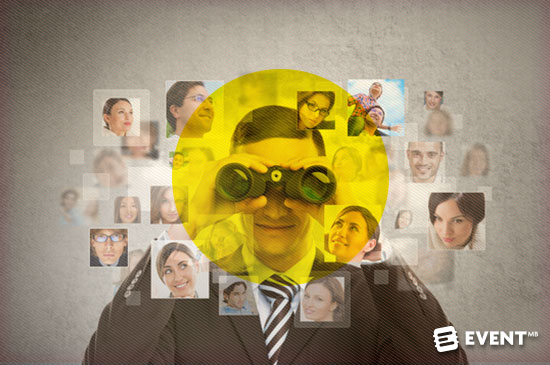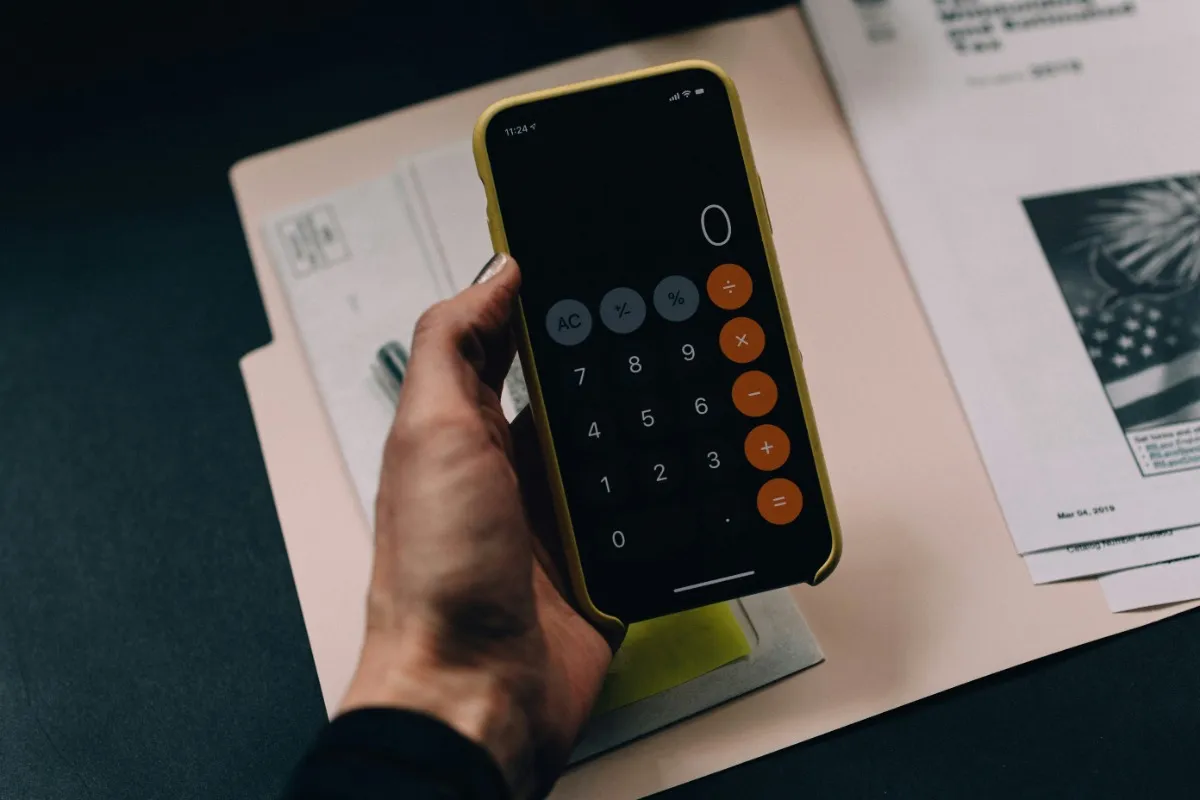Crowdsourcing Speakers

Skift Take
We have an ego problem. Maybe not you. Maybe not me. But other people do. One of the positive benefits of this societal ego problem is the rise of personalization. We all want to feel special and valued (even those of us with our egos in check) and personalizing the event experience to attendees’ preferences is a great tool for engagement.
One area that’s lagged behind in personalization is speaker selection. Often event planners look for the biggest name they can get in their budget. These “stars” then try and mold a talk into something fitting for a group of people they know little about. After all, what does a Hollywood persona who went from waiting tables to stardom know about an association of accountants? While some attendees may have been star struck, the content in these cases is usually lacking.
Then event planners started to allow people to vote on a list of narrowed down topics. Attendees caught on and began to enjoy the responsibility of “choosing their own (content) adventure.” Today, crowdsourcing speakers is seeing a lot of support. Here are a few ways to begin using it and questions to ask when incorporating it into your events.
What is Crowdsourcing?
Crowdsourcing solicits ideas from attendees. You can use it in many ways, from selecting themes to speakers. If you’re considering crowdsourcing speakers at your next event know there are several avenues to pursue. Registered attendees can pitch their ideas and vote on them or simply select from a list of topics/speakers, thus having a say in the learning component of your event.
Crowdsourcing in its ideal is more than voting for a group of pre-selected choices. In its purest sense, with a crowdsourced speaker, event speakers and topics would be suggested by the audience, giving the organizer very little say in the education lineup. Ideally, these attendees would want an amazing event and work hard to ensure only the brightest minds and hottest topics would make the lineup. But is this asking too much?
Will They Be Registered?
Most events that use crowdsourcing for speakers require that “voters” be registered. This means that people who care to have a say in the speaker selection will register early for the right to do so. This is an added bonus for the event organizer. However, the trade-off is that speaker selection will not happen 9-12 months in advance as it may have done before because most people don’t register that early. When Event Tech Live first decided to crowdsource speakers in 2014, it closed its speaker voting on October 10th for an event on November 13th. That gave them about a month to pull together all of the arrangements for speakers.
How Will They Choose?
There are two main ways to crowdsource speakers – a closed vote where attendees are given the options when they register or shortly thereafter or an open, online vote where selections are seen by the public (or at least those registered). The second option can be very engaging and create quite a stir as people watch the changing voting patterns as new attendees sign up. However, the challenge with the second option is just that, people can see the results and have a tendency to support the leading ideas.
There’s also the question of technology. How will you encourage the crowdsourcing? You can use your own event technology, a survey tool, social media, or post it to your event web page.
What Will You Crowdsource?
At the RSA Conference, cryptography and information security professionals nominate and vote on crowdsourced speakers. Anyone can suggest a topic but it is up to them to convince the pre-conference audience why they are the ideal person to talk about the topic. RSA requires submissions to include a suggested title, session description, a Tweetable abstract, and three talking points from the proposed session. YouTube videos and slide decks may also be included. However, they don’t allow multiple submissions from the same person. No panels are allowed in this part of the agenda.
RSA practices “limited” crowdsourcing where a panel of judges limits the field before voters get the opportunity to select one. You don’t have to be an attendee to vote but registered attendees are given preference and their votes are weighted more heavily.
Is Pure Democracy (or Crowdsourcing) a Problem?
There are very few examples of pure democracy in the world. You might be hard pressed to name one. Most democracy has its limits or restrictions. For instance, voting in the U.S. has its Electoral College and most crowdsourcing events have boards or pre selection committees that narrow things down before presenting it to the masses.
One of the reasons they do this is to avoid the whims of fancy. Those “wouldn’t it be cool if Donald Duck could do the keynote?” moments that sweep across social media. Another reason is that audiences don’t know what they don’t know. Sexy topics, like flying cars, prevail in situations like this. People want exciting. They want the shiny object but for most of us, we don’t really need to think about shiny flying cars, we need to think about daily challenges like parallel parking. That’s partly why even an innovative event like South by Southwest (SXSW) with their PanelPicker, “the user generated session proposal platform” has its safeguards. SXSW explains its use in its support page:
The PanelPicker is a great way to gauge the kinds of topics that most interest the SXSW community. Likewise, this interface has helped bring great new topics into the event. However, we also significantly rely on the expertise of the SXSW Advisory Boards and the SXSW staff to help curate the most relevant programming. Given the extensive role of the Advisory Boards and the staff in this process, the PanelPicker is a modified approach to crowd-sourcing.
In Conclusion
Deciding whether you want to crowdsource your speakers is a difficult decision. On one hand, it’s wildly intoxicating to be able to give control to your attendees to create the event of their dreams. But in order to do so, you need to believe in your attendees’ ability to select good programming. Most events that use crowdsourcing add boards or committees that help with the selection process in some way. Still, the dream of pure democracy and crowdsourcing success is out there. Will you chase it?




